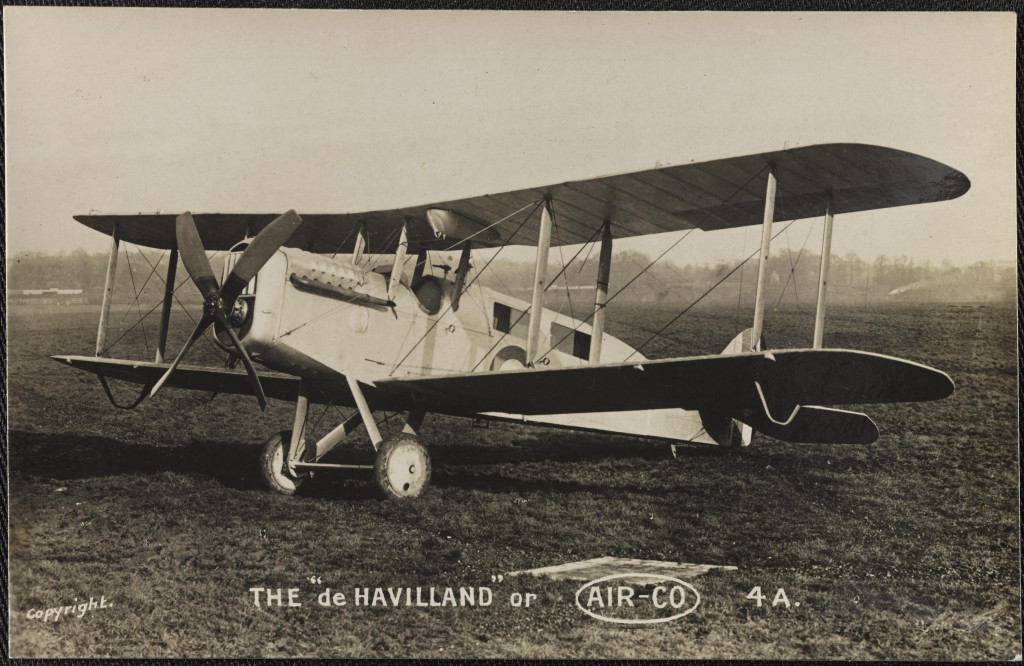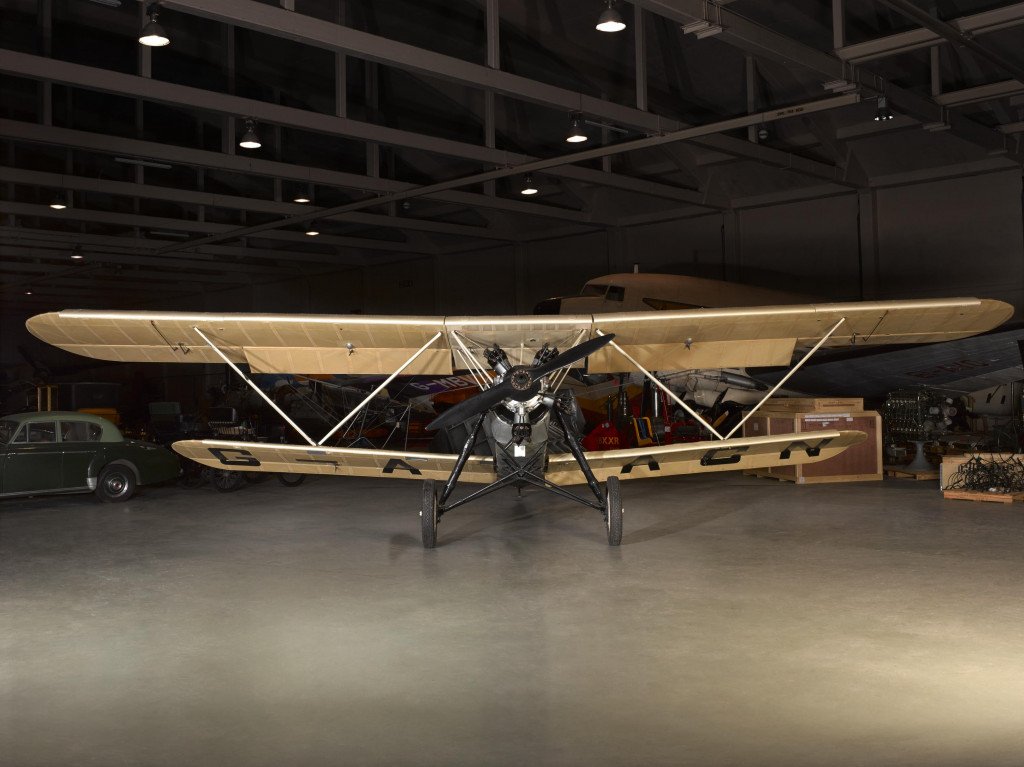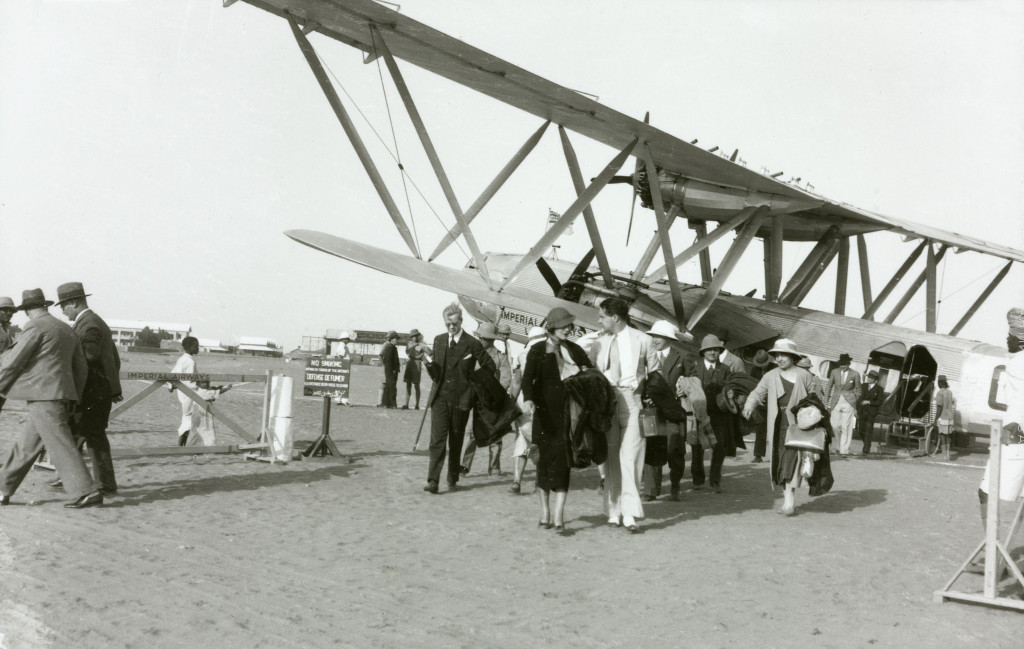We have not always wanted to fly.
In an age of cheap mass flight, it can be hard to recall the earliest days of civil aviation. We tend to assume the demand for flying has always been there, suppressed only by the limitations of the science and technology of the day. In reality, a market for civil aviation had to be constructed, and it was not an easy sell.
The first daily scheduled airline service flew in August 1919. By today’s standards it was a modest affair. The aircraft seated a grand total of two alongside packets of mail and ran between Hounslow Heath (near today’s London Heathrow Airport) and Le Bourget, just outside Paris. It used converted military bomber aircraft with a glazed cabin for the passengers.

Passengers were reluctant to come forward. Flights were cramped, noisy and slow. But underlying concerns about comfort was a much more profound problem that faces all new public technologies, – trust.
In wartime, aviation safety came second to military effectiveness. Flying was risky, but the risk was tolerated (to an extent) because wars needed to be won. Speed and manoeuvrability were more vital than safety, stability and ease of handling. But in peacetime, among passengers affluent enough to journey overseas, air travel was only an option if aircraft could be trusted to bring everyone back to earth safely. And throughout the 1920s, many did not.
Risk is a mathematical concept. It describes the probability of something bad happening, and it forms the basis of today’s multi-billion-pound insurance industry as well as occupying the minds of countless scientists, technologists, engineers and politicians, as well as you and me. We go through life assessing risk, whether we know it or not. We carry out mathematical practices day in, day out.
Mathematics: The Winton Gallery is a bold new permanent exhibition opening at the Science Museum on 8 December. Hanging at the centre of this gallery will be the Handley Page ‘Gugnunc’, an experimental aeroplane built in 1929. An eloquent, striking and powerful embodiment of the mathematics of risk, this aeroplane was constructed to compete in the ‘Safe Aircraft Competition’ for $150,000 in prize money mounted by US philanthropist and industrialist Daniel Guggenheim.

At the heart of the Gugnunc was a system of wing flaps and slots that prevented the aircraft from stalling at slow speeds and steep angles – the conditions of take-off and landing which were the riskiest moments of any flight. One commentator described the Handley Page slot as ‘the greatest advance in airplane design since the Wright brothers flew’.

The Handley Page ‘Gugnunc’ is just one of over 100 remarkable objects in the gallery that will tell a new history of mathematical practice and how it has shaped our world over the last 400 years.
These stories are about life and death, war and peace, trade and travel – and the money that makes everything happen. They are, therefore, stories about people as much as theorems and abstract concepts. They show the power of mathematics to create opportunities, to build markets, to get new ideas off the ground. They show that the work of mathematicians is all around us, not least in the worldwide holiday and business flights that we all now take for granted.
Mathematics: The Winton Gallery opens on the 8 December 2016 and will be free to visit. For further information visit sciencemuseum.org.uk/mathematics.
David Rooney is Curator of Mathematics: The Winton Gallery.
One comment on “Are airplanes safe?”
Comments are closed.
An airplane hung in a maths gallery to demonstrate the use of maths in risk analysis. Quite a tangential link. Aren’t people just going to think it’s a physics gallery??